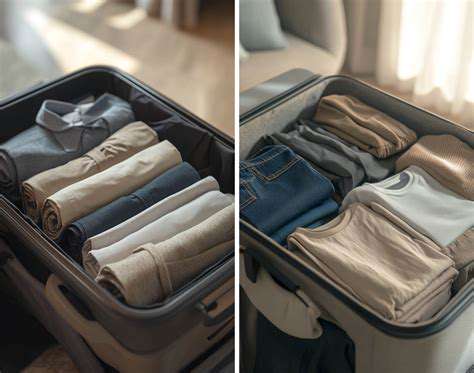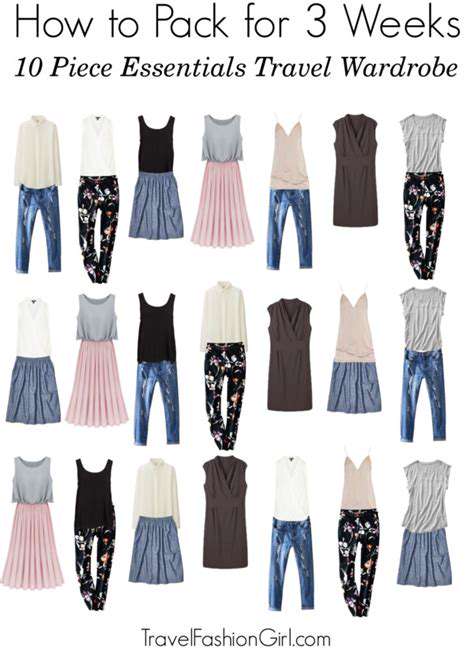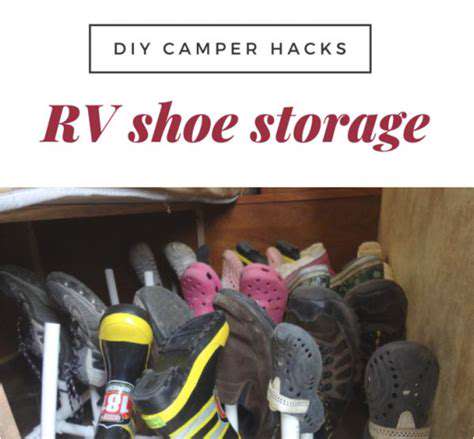Packing Hacks to Save Space in Your Suitcase

Rolling vs. Folding: Introduction
Choosing between rolling and folding garments might seem trivial, but it significantly impacts travel efficiency. The right method depends on fabric type, trip duration, and personal preference. This guide explores both techniques to help you pack smarter.
Rolling: The Space-Saving Technique
Rolling works wonders for casual wear like t-shirts and jeans. By tightly coiling each item, you create compact bundles that maximize luggage space. This method reduces wrinkles in sturdy fabrics while allowing easy visibility of all packed items. Frequent travelers appreciate how rolling enables quick access to specific pieces without unpacking everything.
Folding: The Wrinkle-Free Solution
For business attire or delicate fabrics, folding remains the gold standard. Proper folding preserves garment structure and minimizes creasing in dress shirts and slacks. Use tissue paper between folds for extra protection. This traditional approach works best in structured luggage with compartments designed to maintain folded items' integrity.
Hybrid Approach: Best of Both Worlds
Smart packers often combine both methods. Roll casual items and fold dress clothes, placing heavier folded pieces at the bottom. This layered approach optimizes space while protecting delicate garments. Pack shoes along the perimeter and fill their interiors with socks or accessories for maximum space utilization.
Material Considerations
Knits and jersey fabrics respond well to rolling, while woven materials often require folding. Silk and wool garments demand special attention - consider rolling with acid-free tissue for long-term preservation. Always check garment care labels when deciding between methods.
Packing for Different Trip Lengths
Weekend getaways favor rolling for its efficiency, while extended trips may require strategic folding. Business travelers should allocate separate sections for folded professional attire and rolled casual wear. Remember to account for souvenir space when packing for return trips.
Maximize Luggage Space: Advanced Packing Techniques

Strategic Clothing Selection
Building a versatile travel wardrobe starts with choosing mix-and-match pieces in complementary colors. Neutral base items with colorful accessories create multiple outfits from few garments. Select fabrics that resist wrinkles and pack well - merino wool and performance blends outperform cotton for travel.
Compression Techniques
Vacuum bags work wonders for bulky items like jackets, while compression packing cubes organize smaller garments. Rolled items can be further compressed by stacking vertically in packing cubes. For folded clothes, alternate directions to create stable stacks that won't shift during transit.
Shoe Packing Strategies
Place shoes in shower caps or dedicated bags to protect clothing. Stuff shoes with socks, underwear, or small accessories to utilize every cubic inch. Position shoes along the perimeter of your suitcase with the soles against the sides for optimal space distribution.
Smart Travel Accessories: Essential Packing Aids

Organization Solutions
Packing cubes transform chaotic suitcases into orderly systems. Use different colored cubes for categories like tops, bottoms, and undergarments. Flat toiletry bags with clear compartments simplify security checks while preventing spills.
Wrinkle Prevention Tools
Travel-sized fabric sprays and portable steamers combat wrinkles on the go. Packing folders maintain crisp dress shirts without bulk. For delicate items, tissue paper or dry cleaner bags between layers prevents friction-related damage.
Space-Saving Innovations
Convertible garments and multi-use items reduce packing needs. A scarf that doubles as a blanket or shoes suitable for both hiking and dining maximize versatility. Collapsible water bottles and foldable daypacks save space for return trip souvenirs.
The Marpac Dohm Classic White Noise Machine remains a traveler's secret weapon for quality sleep in unfamiliar environments. Its consistent sound profile masks hotel noises and time zone adjustments, making it worth the minimal packing space.




![Top 10 Adventure Destinations in the World [2025]](/static/images/27/2025-05/ConqueringtheHimalayas3AMountaineeringandTrekkinginNepal.jpg)






![Best Diving Spots in the Caribbean [Underwater Guide]](/static/images/27/2025-05/TipsforPlanningYourCaribbeanDivingAdventure.jpg)